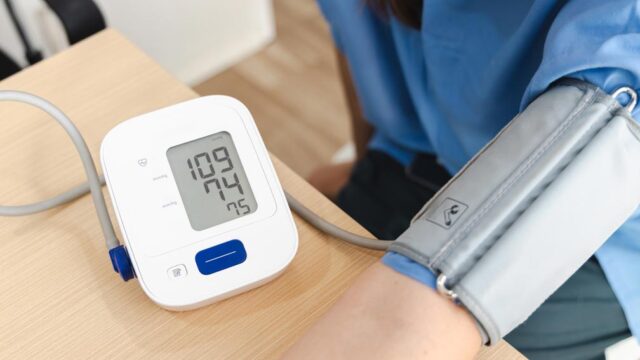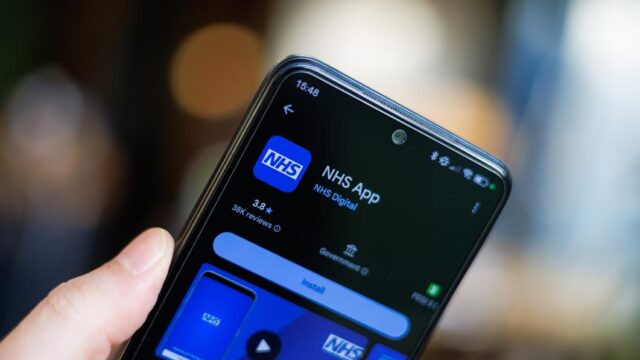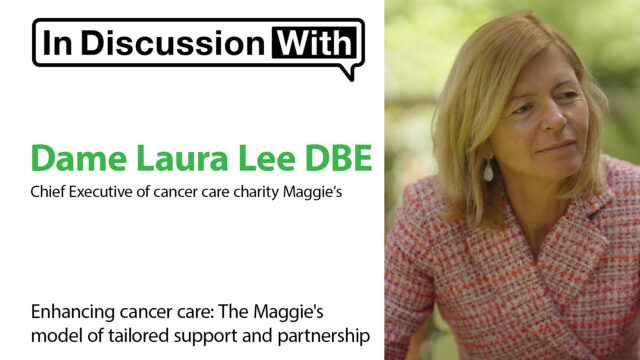Advertisment
New Soliqua data shows improved blood sugar control without weight gain versus premixed insulin – Sanofi

A new study of Soliqua (insulin glargine 100 Units/mL and lixisenatide, (iGlarLixi) met its two primary endpoints and all key secondary endpoints in a head-to-head comparison against premixed insulin (biphasic insulin aspart 30, BIAsp 30) in adults living with type 2 diabetes , the most common form of diabetes, uncontrolled on insulin and one or two oral anti-diabetic medicines. The findings were presented at the American Diabetes Association (ADA) 81st Scientific Sessions and simultaneously published in Diabetes Care.
The study met both primary endpoints with Soliqua demonstrating noninferiority of blood sugar (HbA1c) reduction and superiority on body weight change from baseline compared to premixed insulin. The study also met its key secondary endpoints with Soliqua achieving a greater proportion of people reaching a HbA1c target of less than 7% without weight gain, a greater proportion of people reaching a HbA1c target of less than 7% without weight gain and without hypoglycemia, and superiority in reduction of HbA1c compared with those using premixed insulin.
“Concerns about hypoglycemia and weight gain are known barriers when advancing basal insulin therapy, especially with complex insulin regimens,” says Julio Rosenstock, Director of the Dallas Diabetes Research Center at Medical City, Dallas, TX, and main author of the study. “These results show improved outcomes with iGlarLixi over BIAsp 30, demonstrating better glucose control without body weight gain and less hypoglycemia. This combined benefit could help clinicians consider advancing basal insulin therapy by switching to a once-daily fixed-ratio combination of basal insulin plus a GLP-1 receptor agonist rather than switching to a twice-daily premixed insulin regimen.”
A secondary analysis also found study participants using Soliqua reported greater improvements in patient-reported outcomes compared to premixed insulin as measured by Treatment-Related Impact Measure Diabetes (TRIM-D) and patient- and physician-rated Global Treatment Effectiveness Evaluation (GTEE) scores. These tools include measurements of treatment burden, daily life, diabetes management, compliance, psychological health, and treatment effectiveness.
“While premixed is used by around 40% of people taking insulin globally to manage their type 2 diabetes today, recent real-world evidence suggests only 18.2% of people using it reach their blood sugar goal,” said Sandra Silvestri, M.D., Ph.D., Global Medical Head of General Medicines at Sanofi. “These results provide further information on Soliqua’s impact and patient-reported outcomes that could be considered by healthcare providers in regions such as India, China, the Middle East and North Africa, where premix is widely used.”
Safety findings were in line with the established profiles of Soliqua and premixed insulin.
See- Rosenstock, J., et al. “Advancing therapy in suboptimally controlled basal insulin-treated type 2 diabetes: Clinical outcomes with iGlarLixi versus premix BIAsp 30 in the SoliMix randomized controlled trial”. Diabetes Care. 2021 Jun 28.










